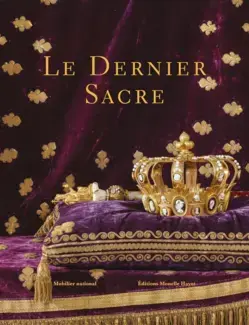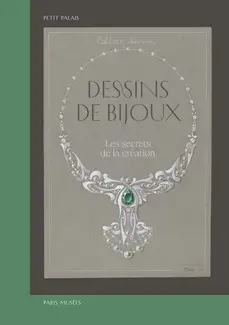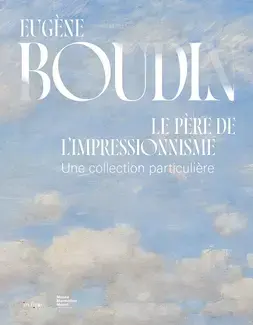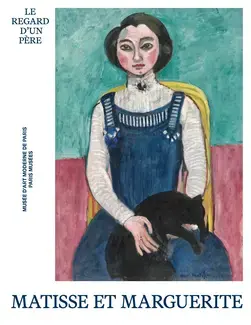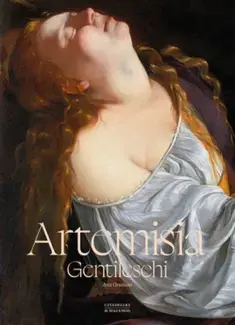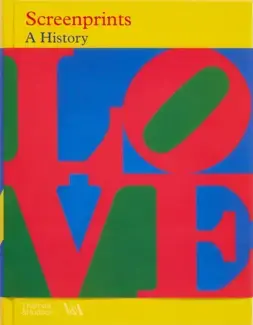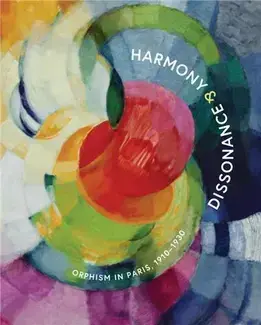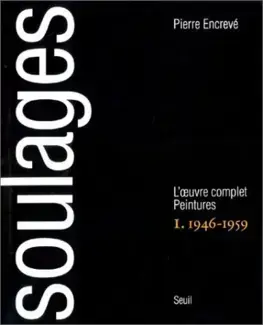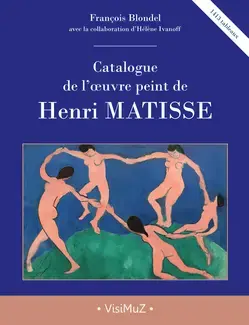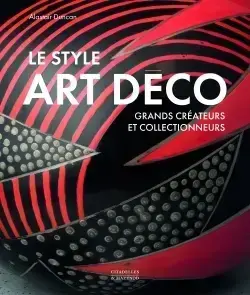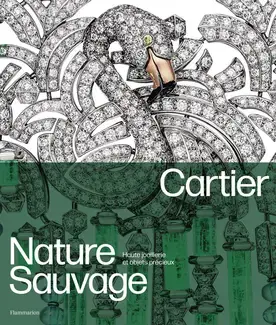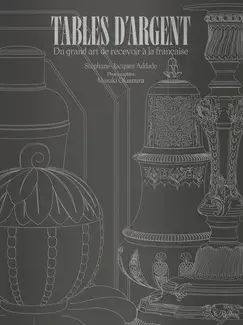Le trompe-l'oeil de 1520 à nos jours

Auteur(s) : Collectif
Exhibition at the Musée Marmottan-Monet, Paris, 17 October 2024 - 2 March 2025
The term trompe-l'œil was first used by Louis Léopold Boilly (1761-1845) as a caption to a work exhibited at the Salon of 1800. The term was adopted thirty-five years later by the Académie française. Although the term first appeared in the 19th century, the origins of trompe-l'œil are linked to a much older account by Pliny the Elder (c.23-79 AD), who relates in his Natural History how the painter Zeuxis (464-398 BC), in a competition with the painter Parrhasios, depicted grapes so perfectly that birds flew around them.
Over the centuries, trompe-l'œil has evolved through a variety of media and has proved to be a multi-faceted art form. It plays with the viewer's gaze, winking at the traps set by our own perceptions. While certain themes of trompe-l'œil are well known - such as vanitas, hunting trophies, letter carriers and grisailles - other aspects will be explored in this exhibition, such as the decorative variations (furniture, earthenware, etc.) and the political significance of this pictorial genre from the revolutionary era to modern and contemporary versions.
Featuring more than 80 significant works from the 16th to the 21st century from private and public collections in Europe and the United States, this catalogue provides an insight into the formal evolution of trompe-l'œil through the work of a wide range of artists, including Cristoforo Munari, Oudry, Anne Vallayer-Coster, Liotard, Boilly, Henri Cadiou, Michelangelo Pistoletto, Giuseppe Penone and Lisa Sartorio.




